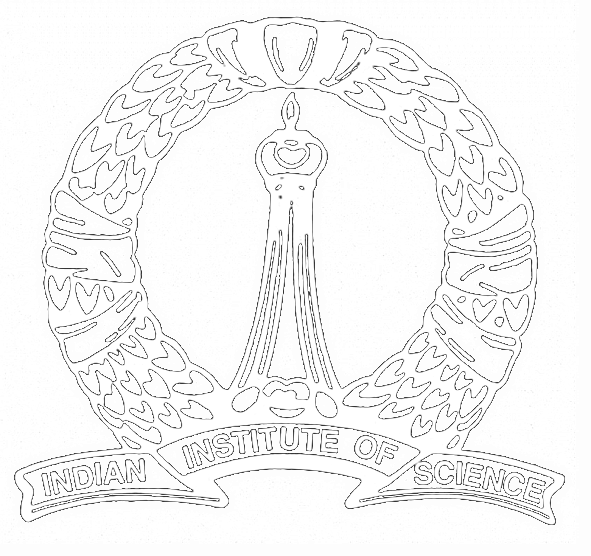PhD Thesis colloquium
Title: On the structure of proper holomorphic mappings
Speaker: Mr. Jaikrishnan Janardhanan IISc
Date: 11 April 2014
Time: 2:30 - 3:30pm
Venue: Lecture Hall I, Department of Mathematics
The aim of this thesis is to give explicit descriptions
of the set of proper holomorphic mappings between two complex
manifolds with reasonable restrictions on the domain and target
spaces. Without any restrictions, this problem is intractable
even when posed for domains in $C^n$. We present results for
special classes of manifolds. We study, broadly, two types of
structure results:
I. Descriptive: Our first result is a structure theorem for finite proper holomorphic mappings between products of connected, hyperbolic open subsets of compact Riemann surfaces. A special case of our result follows from the techniques used in a classical result of Remmert and Stein adapted to the above setting. However, the presence of factors that have no boundary, or boundaries that consist of a discrete set of points, necessitates the use of alternative techniques. Specifically: we make use of a finiteness theorem of Imayoshi.
II. Rigidity:
A famous theorem of H. Alexander proves the non-existence of
non-injective proper holomorphic self-maps of the unit ball
in $C^n,\ n > 1$. Several extensions of this result for various
classes of domains have been established since the appearance
of Alexander’s result. Our first rigidity result establishes
the non-existence of non-injective proper holomorphic self-maps
of bounded, balanced pseudoconvex domains of finite type (in
the sense of D’Angelo) in $C^n,\ n > 1$. This generalizes a result
in $C^2$ due to Coupet, Pan and Sukhov to higher dimensions. In
higher dimensions, several aspects of their argument do not work.
Instead, we exploit the circular symmetry and a recent result in
complex dynamics by Opshtein.
Our next rigidity result is for bounded symmetric domains. We prove that a proper holomorphic map between two non-planar bounded symmetric domains of the same dimension, one of them being irreducible, is a biholomorphism. Our methods allow us to give a single, all-encompassing argument that unifies the various special cases in which this result is known. Furthermore, our proof of this result does not rely on the fine structure (in the sense of Wolf et al.) of bounded symmetric domains. Thus, we are able to apply some of our techniques to more general classes of domains. We illustrate this through a rigidity result for certain convex balanced domains whose automorphism groups are only assumed to be non-compact. For the bounded symmetric domains, our key tool is that of Jordan triple systems.
- All seminars.
- Seminars for 2014
